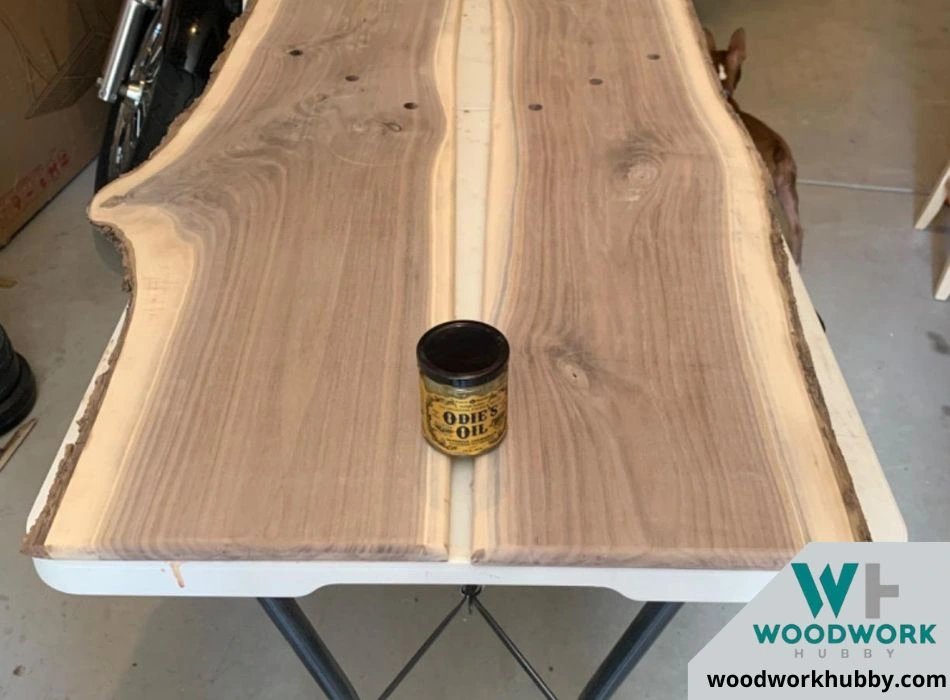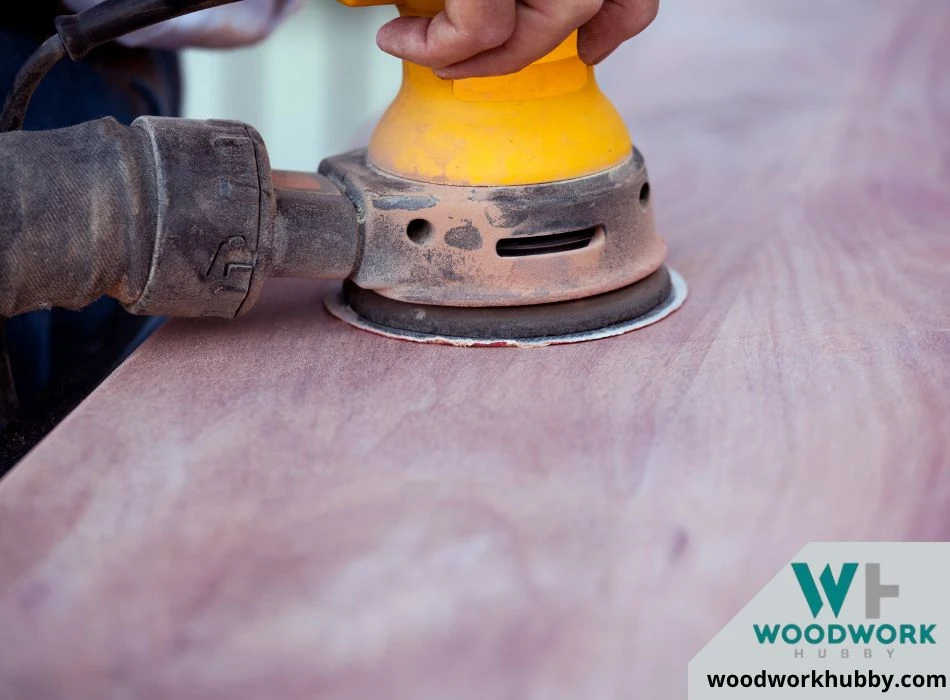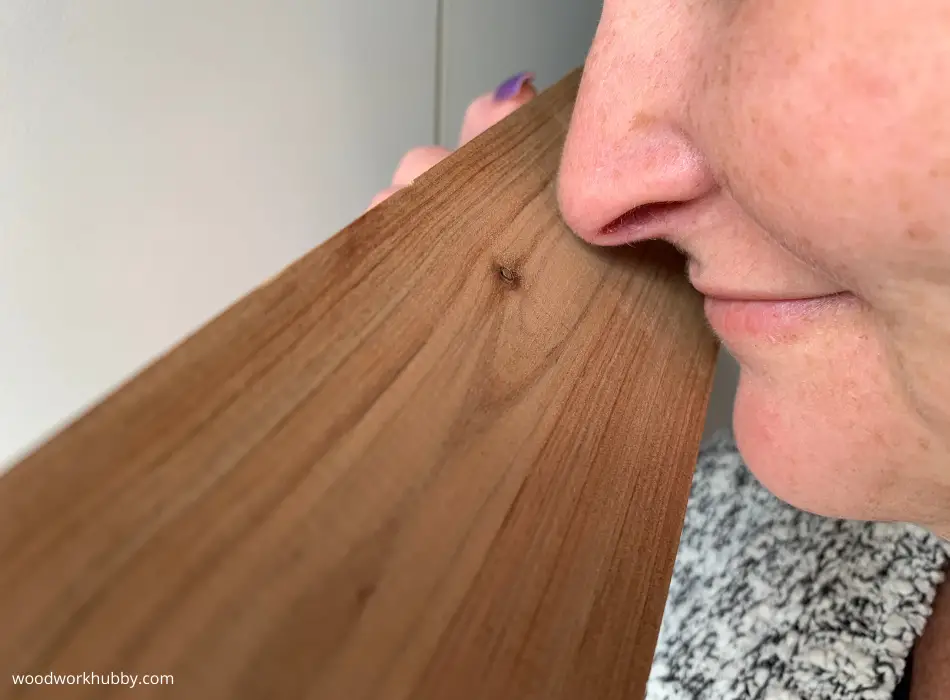I was purchasing cedar for a siding project and overheard a kid complaining to his dad about the smell of the lumber. It triggered memories of the first time I went cedar shopping around 19 years ago. Back then, I spent hours looking for Cedar that doesn’t smell.
All cedar wood smells with citrus and woodsy notes. The types and species of cedar influence the scent profile but you will not find Cedar that is free of aroma. That said, aged Cedar has a less noticeable scent, and you can find neutral-smelling cedar furniture.
In this article, we will go over how Cedar smells, what you can do to freshen up Cedar’s scent and mask it, and whether this wood’s smell lasts or fades away. By the end of this post, you will know everything you need to know about cedar scent and how it relates to woodworking and furniture maintenance.
Does All Cedar Smell Good?
All Cedar smells good to most people. The scent of Cedar is woodsy with citrus notes, which is generally an appealing small but can be too sickly sweet for some people. But if you like the smell of one type of Cedar, you will likely find all cedar smell to be appealing.
Cedar’s smell originates from its internal chemical makeup. The fact that you can smell it means the Cedar is immune from insect attacks. The chemicals in Cedar primarily repel insects and microbial activity, which is what keeps Cedar from rotting.
The only time you would not find a woodsy citrus scent in Cedar is if the wood has been coated in resin or finished with a stronger-smelling paint. In the latter instance, the smell of paint wears off while the cedar smell lingers. In other words, you can smell citrus and earthy notes on Cedar no matter what type it is.
Discover what is cedar wood used for and why I stopped using it on some projects.
Some people erroneously assume that implies a uniform scent profile across all types of Cedar. If you dislike how a specific cedar plank smells, you might still find an alternative type that you will like the smell of.
Does All Cedar Smell The Same?
Not all Cedar smells the same, but there are similar notes in different species of Cedar. All genuine Cedar has citrus notes alongside a woodsy and earthy smell. The intensity of the scent and the proportion of these notes can vary across each species.

If you like these notes, you’ll love using Cedar. But if you dislike the smell of one type of Cedar, you might not be a big fan of the other types’ smell either. I personally dislike the intensity of Cedar’s smell at the lumber yard. The smell slowly dissipates and is significantly less, even by the time you finish a project.
When you finish Cedar, the scent of the finish can overpower the cedar chemicals’ smell. Similarly, even a neutral sealant can offset the scent of Cedar’s internal insect-repelling chemicals.
The extent to which the smell of the chemicals is suppressed, though, is also the extent to which the chemicals will become less effective. Before I had accumulated the years of experience I have with Cedar, I used to be anxious about the smell going away and the project becoming vulnerable.
How Long Does Cedar Retain Its Smell?
On average, Cedar retains its smell for 3 years in decorative projects and 7 years in functional projects. Eventually, the smell starts to become barely noticeable yet continues to repel insects. The more you coat Cedar with aromatic substances, the less noticeable its scent becomes.
This timeframe suggests three things:
- Cedar’s insect-repellant can lose the intensity of its effectiveness – If Cedar’s smell is what repels insects like moths, the less intense the smell gets, the less effective the wood becomes at repelling insects.
- You can mask Cedar’s smell if you want to – If Cedar retains its smell for 3 to 7 years, coating it in a sealant that remains in place for as long as can be a way to remove Cedar’s odor.
- If you dislike Cedar’s smell, you should buy old Cedar – One way to have natural, unfinished Cedar without its characteristic scent is to buy old Cedar. It has enough of a scent to keep insects from feasting on it, but not enough to be noticeable.
As you may have noticed, Cedar continues to repel insects in almost all instances, even when its smell begins to fade. It doesn’t keep them as far but still has chemicals that keep insects from biting onto it or crawling on it and laying eggs.
That’s because it retains enough of its scent to repel insects at short distances. You might be wondering if Cedar stops smelling altogether. I have one small cedar project that I crafted 16 years ago, so I am definitely in a good position to comment on that.
Does Cedar Wood Stop Smelling?
Cedarwood stops smelling in eight years but can start emanating a strong aroma if its top layer is sanded. It takes 8 to 13 months to get so used to the cedar smell that you don’t notice it. So, in 13 months, you will stop smelling Cedar, but it will take 8 years for Cedar to stop smelling.
For most people, this is good news because one of the selling points of Cedar is its pleasant aroma. For some people, about two in ten, the smell of Cedar is sickly and even unbearable. If you intend on getting Cedar but dislike its smell, then that’s bad news.
You cannot wait for 8 years for the Cedar to lose its odor. That said, you might want to buy old Cedar, which is beginning to lose its aroma. Even then, you have to be mindful of the top-layer factor.
You can buy an 8-year-old Cedar chair that has no smell. But if you buy timber harvested 8 years ago to build a new chair, it will have cedar smell thanks to fresh carpentry. Every cut will reveal cedar insides to the environment, which will result in a strong cedar smell. Aside from getting aged cedar projects, there are a few ways to stop Cedar from smelling.
How Do You Stop Cedars From Smelling?
I personally love the scent of Cedar, but some recipients of my projects would rather have the smell masked or neutralized.
There are three ways to stop Cedar from smelling. You can coat the wood with a finish that doesn’t let any scent escape, use a chemical that neutralizes the smell of the cedar chemicals or add something that overpowers the smell of Cedar.
Wipe With Vinegar
My least favorite way to minimize Cedar’s smell is to thoroughly wipe it with a cloth drenched in vinegar. Vinegar ages cedar and the effect is visible even from the look of the Cedar. The wood starts looking dingy when wiped with Cedar, but it does stop smelling. This method can also compromise Cedar’s immunity to insect attacks.
When to use this method: If you cannot buy alternative lumber and are stuck with Cedar, which you don’t want. Only if you don’t want Cedar but have no other option but to use it should you use vinegar to age it.
Use Linseed Oil (Or Any Aromatic Finish)
This method of minimizing the cedar scent is my second favorite. You can use any aromatic wood finish to coat cedar, in order to minimize its scent. This effect lasts as long as the smell of the finish lasts. That’s the only drawback since Cedar’s smell lasts around 8 years.
Linseed oil’s smell is objectively more unappealing than Cedar’s scent, which is why most people don’t choose linseed oil. But you can choose any aromatic finish that adheres to Cedar. Remember that Cedar’s internal chemicals can prevent a small range of finishes from taking hold of the lumber.
If you want to learn more if Linseed Oil Smell, please click on the link to find out.
Use A Wood Sealer
My favorite way of minimizing the scent of Cedar is to use a sealant that completely engulfs the wood. For interior cedar projects, you can use a cedar-compatible interior coating. The difference between a sealant and an aromatic finish is that the sealant makes the wood neutral-smelling. In contrast, the aromatic finish doesn’t trap the smell of Cedar, but it has its own smell, which is stronger than that of Cedar.
Aromatic finishes work if you like the smell of the finish. For me, Odie’s Oil is a pleasant-smelling finish that works on almost any surface, including Cedar. I just find it too expensive to be used as a smell-minimizing finish. It is so much more than that and is best reserved for expensive projects.

Sealants work as long as they can completely seal the wood. You should avoid clear sealers of exterior cedar wood since Cedar is vulnerable to harsh sunlight, and clear coats don’t protect the wood from it; cedar can start aging rapidly in exterior applications.
If the Cedar in question remains indoors, then you can use a clear sealer or an average film-building varnish as well, which is usually not recommended for Cedar.
How To Make Cedar Scent Last?
Now that we have discussed how to mask Cedar’s scent let’s discuss the opposite. As mentioned earlier, around 80% of people love the scent of Cedar and even consider it as a decision point when buying wood. Here are the two ways you can make cedar scent last.
Lightly Sand Cedar
Sanding cedar exposes fresh cedar wood to the air, which encourages the signature cedar scent to emanate. This can roughen up the cedar surface slightly and can erode any paint coat over the Cedar.

But since Cedar is naturally rot-resistant and can repel insects, it doesn’t need a coat of protective finish to last. Therefore, sanding doesn’t make it vulnerable. You might need to repaint the project if it is painted in the first place.
Treat It With Cedar Oil
In rare cases, Cedar might be well past its aromatic age. Sometimes it is treated with neutralizing, acidic chemicals that can completely undermine its natural oils. Only in those instances do you need to reinforce Cedar with natural cedar oil. The more natural the oil, the better the results in both aroma and insect repulsion.
Fox-Creek Naturals Eastern Red Cedar Wood Oil is one of the best cedar oil cans one can get for refreshing the scent of Cedar. You can get it if you don’t want to sand your projects any further and want to reinforce their rot-resistance and insect repulsion. It contains 100% eastern red cedar oil, and the purity of the product is all you need in this case.
Fox-Creek Naturals Red Cedar Oil
With over 760 reviews and ratings, it has a global collective average of 4.5 stars on a 5-star scale. More specifically, it has been given 4.2 stars for its longevity and 4 stars for its scent and budget-friendliness.
Any can of 100% cedar oil can be used to make any absorbent wood smell so much like Cedar that one cannot distinguish it from actual Cedar by smell alone. At this point, you might want to know how you can be sure that the wood you’re buying is Cedar and not cedar-oil-treated wood.
How Can You Tell If It’s Cedar?
Aside from the citrus and woodsy smell of Cedar, you can use its lightweight, dimensional stability, visual profile, and rot resistance as metrics to tell if it really is Cedar.
A beginner’s guide video about cedar wood.
Here is how each factor signifies Cedar in this context:
- Cedar smells like Cedar – You can use cedar shavings or essential oil to sample the scent of Cedar. Once you know how it smells, you can find Cedar by smell alone.
- Cedar resists rot – You can test Cedar for how it reacts in a humid environment. Generally, Cedar resists rot and insect damage, even in high-risk environments.
- Cedar is soft and light – While Cedar isn’t the lightest lumber it is relatively lighter than other woods of similar size. More importantly, it is soft. If you hold and pinch it, your fingers will not ache like they would by pinching a hard surface.
- Cedar is usually reddish brown – The appearance of Cedar can vary based on species. Different cedar types have slightly different looks. But most often, Cedar is reddish brown.
- Cedar is dimensionally stable to a decent extent – Cedar doesn’t warp when exposed to water or warmth. It can expand and contract to an extent, but it retains its original dimensions in the process.
Final Thoughts – Does All Cedar Wood Smell
Cedarwood has a pleasant citrus smell which most people like. Cedar essential oils as well as cedar-scented body lotions are pretty common. Your cedar furniture will have a woodsy citrus scent no matter the cedar source.
The specific scent profile may vary based on the cedar type, but the aroma will be sweet and reminiscent of lemon and wood. You can make it last by sanding cedar every 3 years or mask it by sealing the wood.
Discover more woodwork tips at Woodworkhubby.com





